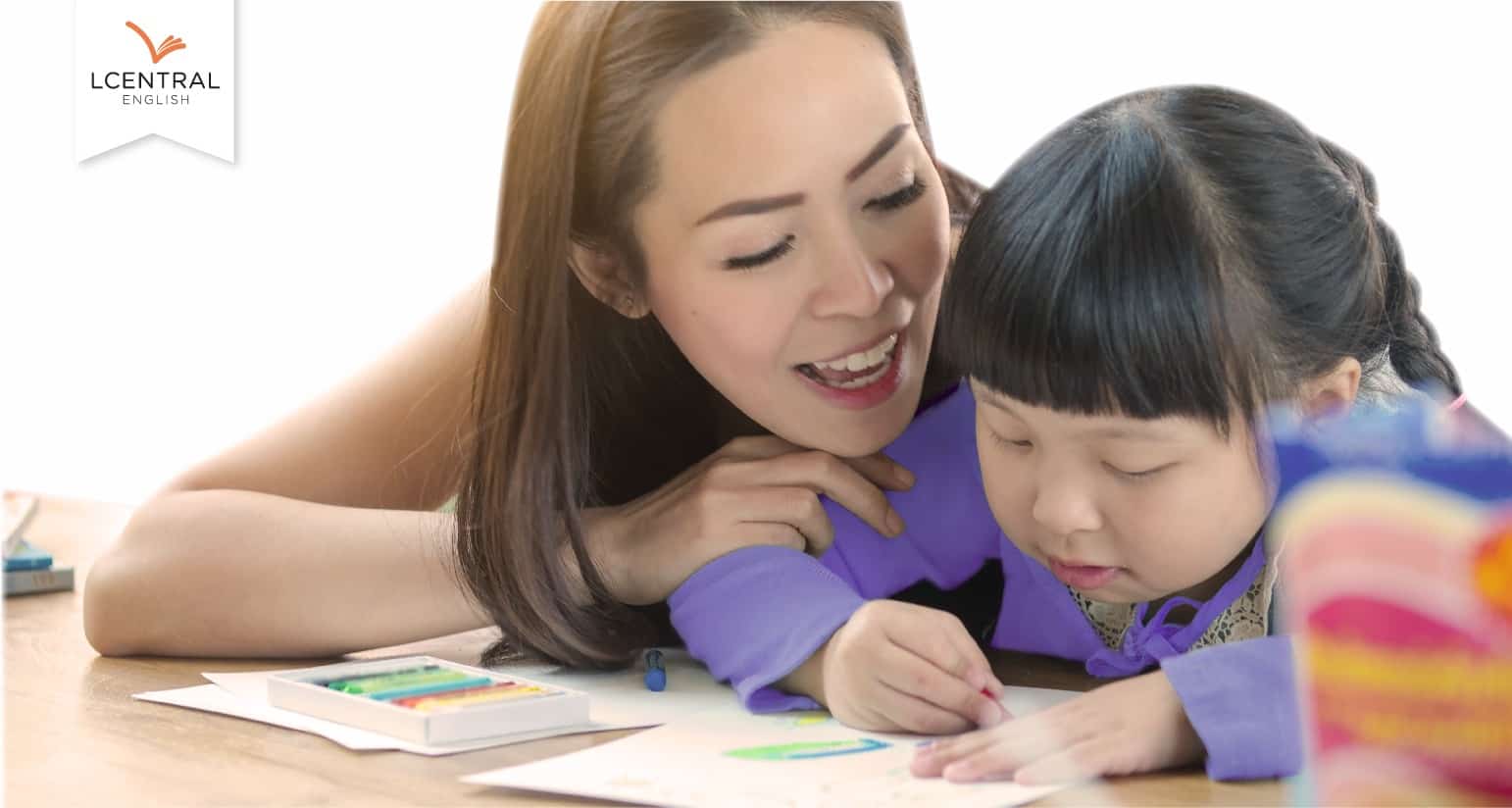Why Does my Child
Confuse b and d?
Letter reversals can be concerning for parents,
but they are not usually a cause for alarm.
Children learning to read and write are demanding a lot of their young brains. Young learners need to be able to recognise all of the upper and lowercase letters as well as be aware of the sounds each letter makes. In addition, there are letter combinations to understand, sight words to memorise and pencil grips to master. All of this can be taxing enough, even before one pauses to consider the fact that written language was designed when human beings had little understanding of how the brain processes what the eyes see.
The Root of the Problem

The letters of the alphabet were not designed with this fact in mind, however. For children taking their first steps in deciphering written language, this often leads to confusion.
Letter Reversals

Letters like ‘b’ and ‘d’ are particularly problematic because they are the same shape in reverse. As with the wolf facing left or right, our brains want to see them as the same thing. The letters ‘p’ and ‘q’ cause a similar problem, as do ‘m’ and ‘w’ (although in this case they are the same shape facing up and down). When we ask children to differentiate between these shapes based solely on their orientation, we are asking them to override a function that has existed for thousands and thousands of years. It’s little wonder that most children take time to get it right!
How Long Will it Take?

How can I help?

Of course, once children begin reading and writing, the lowercase symbols are unavoidable, but there are many strategies available to parents to assist with ‘b’ and ‘d’ confusion. You can remind children that ‘b’ comes first in the alphabet and that both letters ‘always face each other.’ Draw a smiling face in each letter’s loop so the idea of the two letters facing each other is clear to children.
You can also make use of the child’s free hand when they are writing. Making a loop with the thumb and index finger while leaving the other fingers straight will form a ‘b’ with the left hand and a ‘d’ with the right. This strategy can be combined with the teaching of the fact that ‘b’ and ‘d’ always face each other. Other strategies include:
- Making the shape of a bed with the word ‘bed’
- Teaching that b has a ‘belly’ and d has a ‘diaper’
- Placing posters of the letters near objects that begin with that letter (bed, door, etc.)
- Showing children that lowercase ‘b’ ‘fits inside’ uppercase ‘B’
- Demonstrating that when writing ‘d’ we start with a ‘c’
Don’t panic
The most important thing parents can do to help their children with ‘b’ and ‘d’ is to remember that it is not usually a cause for concern. Many students will reverse letters as the brain reprogrammes itself to recognise them as distinct symbols. Keep reminders gentle and make practice sessions fun and before long, your child will no longer be confusing ‘b’ and ‘d.’

